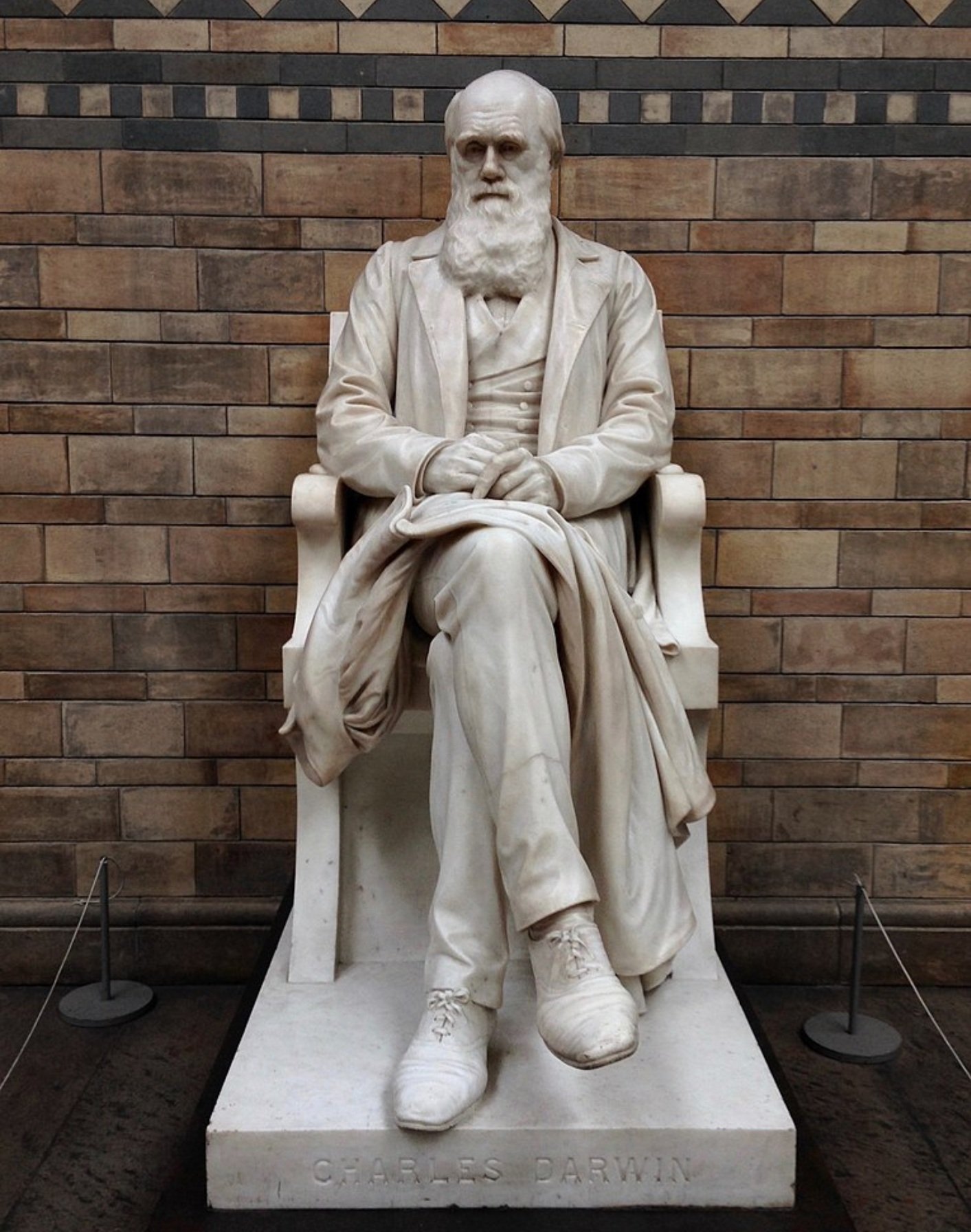Wonder, Invention, and the Natural History Museum…
Last weekend I was lucky enough to sleep overnight at the Natural History Museum in London. It was quite simply an amazing experience which I would highly recommend to anyone!
The Natural History Museum isn’t just a stunningly beautiful building, its architecture purposely and artistically designed to reflect its contents, it is a repository of wonders that not only captivates the curious minds of visitors, but also embodies the essence of innovation and invention.
We were given a tour of the museum's labyrinthine corridors behind-the-scenes, and one of the stunning ‘tank’ rooms, storage for antique specimens of the natural world from past explorers and scientists. As you wander the museum, you discover how wonder acts as a catalyst for improvement and change, leading to the birth of inventions that shape our understanding of the natural world.
At the core of this exploration lies the profound concept of “WONDER” which identifies the need for improvement or change and is Patrick Lencioni’s first ‘Working Genius’. The Natural History Museum is a testament to this, as it sparks wonder in the minds of millions who traverse its galleries. The moment you step into the iconic Hintze Hall, greeted by the towering skeleton of a blue whale named Hope, wonder takes root. It's the awe-inspiring realization of the sheer diversity and complexity of life on Earth that prompts the recognition of our need for understanding and preservation.
In each exhibit, from the fossilized remains of ancient creatures to the meticulously preserved specimens, wonder becomes a driving force. As we gaze upon the intricate details of a butterfly's wings or the massive bones of a dinosaur, we’re propelled to question, to seek, and ultimately, to want improvement in our understanding of the natural world. Wonder serves as the impetus for change — an internal ‘call to action’ that echoes through the halls of the museum, maybe epitomised by Charles Darwin, who’s statue looks over Hintz Hall from the grand staircase and whose specimens took pride of place in the tank room we visited. It was his wonder that brought him to invent a new concept of how to observe and understand the natural world.
The second part of the Working Genius equation is "INVENTION”, which confirms the importance of that ‘wonder’ need by generating ideas or solutions for it. Invention finds resonance in the evolution of the Natural History Museum itself. The museum's origins can be traced back to the 18th century when Sir Hans Sloane, a physician and naturalist, gave his vast collection to the nation. The subsequent amalgamation of various collections laid the foundation for what would become one of the world's foremost institutions dedicated to the natural sciences.
The invention, in this case, wasn’t a tangible object but a visionary concept — a museum that would house an extensive collection of specimens, fostering education and scientific inquiry. The importance of this invention lies in its enduring impact. The Natural History Museum has become a world-renowned bastion of knowledge, not only displaying the wonders of the natural world but also actively contributing to the advancement of scientific understanding through research and education.
In the museum's Darwin Centre, a cocoon-shaped building symbolising metamorphosis and discovery, ongoing scientific research takes place. This commitment to inquiry and invention ensures the museum remains a living, breathing entity, adapting to the evolving needs of the scientific community and society at large.
As we work our way through the thematic galleries — Earth's Treasury, The Vault, and the Human Evolution gallery, among others — the interplay between wonder and invention becomes increasingly apparent. Each exhibit is a testament to the innate human desire to explore, understand, and ultimately improve our understanding of the world around us.
The Natural History Museum embodies the interdependent relationship between wonder and invention, which is essential to start every piece of work. Some of us are better than others at wondering and separately inventing, and both are essential in the initial ‘ideation’ stage of work. That’s why working in, and developing, effective teams is so important. The museum serves as a reminder that the pursuit of knowledge and the desire for improvement are intrinsically linked. I’d highly recommend a night at the museum – it was inspiring and encouraged us to embrace curiosity, ask questions, and envision a future where wonder and invention continue to thrive and propel us forward.
Reflections:
• Who on your team is the ‘wonder-er’?
• And who is the ‘invent-or’?
• Every team needs both, and if you don’t you’ll be churning out the same old products and services and not adapting to the changing environment around you.
So, how do you get your inspiration as a team?









